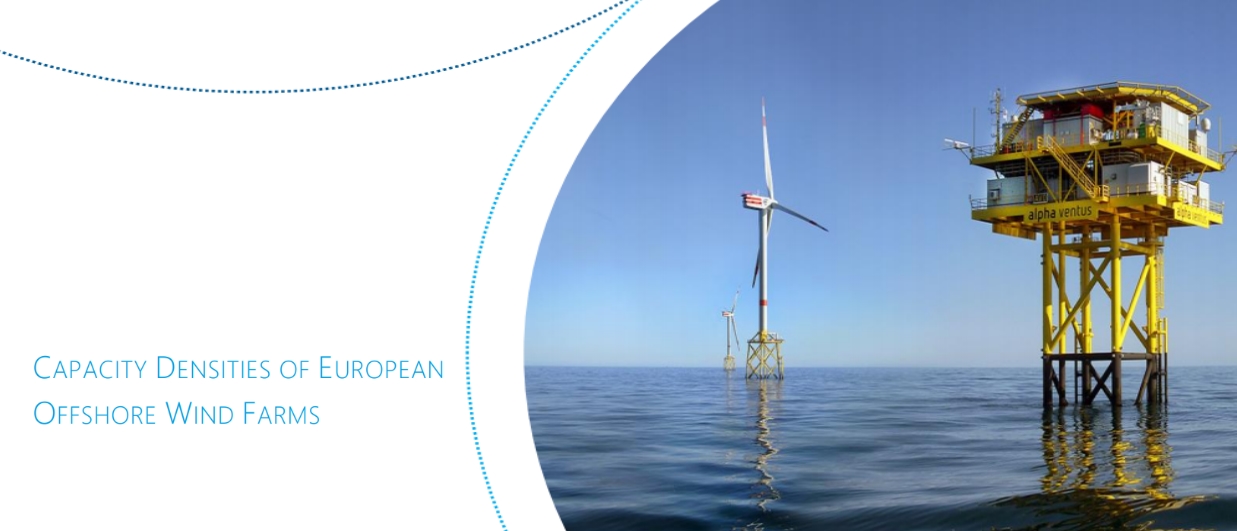Study on capacity density of European offshore wind farms
The Baltic Sea faces an increasing spatial demand for human activities. In particular offshore renewable energy is a quite new interest with a considerably high demand on sea space. In light of climate protection policy some countries have set national energy targets for offshore wind. For the implementation of these targets the offshore wind energy sector competes with other uses on limited space.
Baltic LINes aims at achieving greater transnational coherence for inter alia energy infrastructure in the Baltic Sea Region in order to ensure efficient and sustainable use of the Baltic Sea space. One of the questions to solve in this context is the extent of sea space that is required to install a certain capacity of offshore wind energy and related decisive factors for this so-called capacity density of offshore wind farms.
To address this issue the Federal Maritime and Hydrographic Agency, BSH, has tendered a study dealing with the prospective capacity density of European offshore wind farms. The present study has been conducted by the German consultancy Deutsche WindGuard GmbH.
The study developed under project “Baltic LINes” work package 2 “Sector trends and requirements for MSP” concentrates on two key questions:
- What mean capacity density (MW per km²) can be assumed for future offshore wind farms?
- How do different national regulatory frameworks influence capacity density?
This report analyses capacity density on three levels:
- Section 2 reviews international assumptions for the determination of capacity densities on a theoretical level;
- Section 3 focuses on the planning level and summarizes national regulatory frameworks within the Baltic Sea and North Sea regions;
- Section 4 looks at the implementation level and analyses existing offshore wind farms with respect to their capacity densities.
The results serve as input for the report on energy scenarios for the Baltic Sea under work package 2 by analysing future conditions for MSP as well as a relevant input for the planning criteria report under work package 4.2. Please note that the report does not claim to be complete in one or the other way.
Download the study under the project’s “Baltic LINes” output library – HERE.



